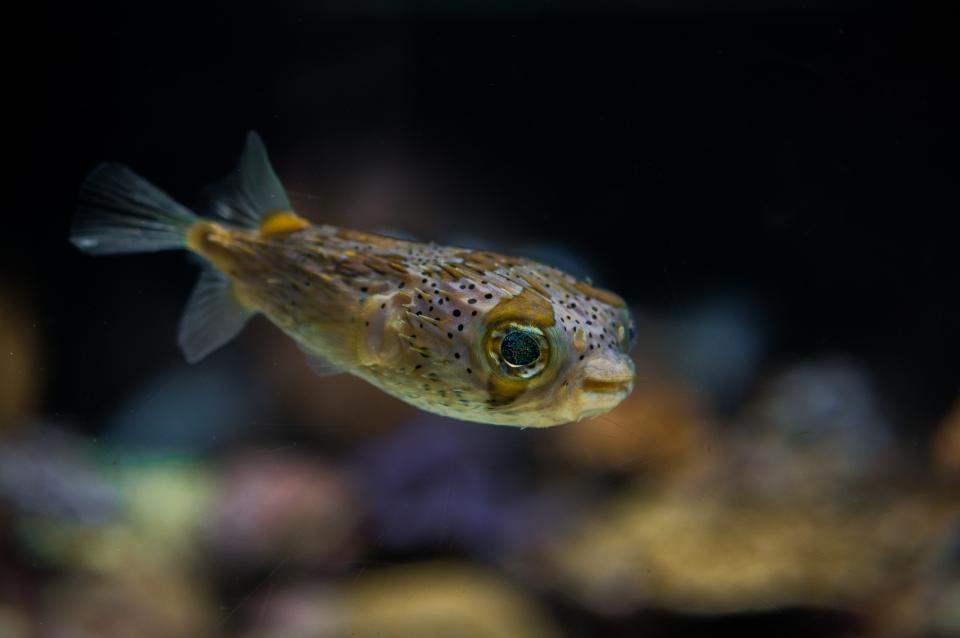

The liver was banned for sale in 1984 but eating it at restaurants is not unheard of in cases where customers have demanded it.įugu hasn't always been a fine dining dish, however. As you can imagine, that often doesn't end well. Some people even deliberately eat the highly toxic internal organs, particularly the liver, which is viewed as a delicacy. Which begs the question, why eat it at all when there are plenty of non-toxic fish to enjoy? Well, it's expensive and viewed as a delicacy, so there's the fine dining aspect, and then add to that the “thrill” of flirting with danger, and it seems humans just can't help themselves. It doesn't taste very “fishy” I'll give it that, but much of the flavor comes from the broth and dipping sauces, rather than the fish itself. I've heard some Japanese people refer to it as “delicate”. Honestly, I think the taste of fugu is extremely bland. Does fugu taste that good? Why do people eat fugu in Japan?


In some regions of Japan, it is usual practice to wait three days before proceeding with funeral arrangements as in some cases the victim's paralysis has masked any signs of life and they have woken right before their own cremation! Photo by Brian Yurasits via Unsplash. Treatment involves supporting the victim's respiratory and circulatory systems while the toxin is excreted from the body. The victim remains fully conscious while their body shuts down from the inside, the toxin paralyzing the muscles to the point that the victim cannot move, speak or respond, and eventually causing death by asphyxiation. Symptoms include dizziness, weakness, headache, nausea and difficulty breathing. What happens if you consume fugu poison?ĭeath by fugu poisoning is particularly unpleasant. Therefore a thorough understanding of the varieties and their anatomies is paramount for any fugu chef. It should also be said that there are over 100 different varieties of puffer fish, each with varying degrees of lethality and poisonous parts. Japan Fun Fact: For his protection, fugu is the only food the Japanese Emperor is forbidden to eat. Most deaths occur as a result of people catching and trying to prepare the fish themselves or when diners have demanded to be served the poisonous (and apparently delicious) liver. Nationwide, there are about 20-40 cases of fugu poisoning a year, with between 0-3 deaths. While the dish is served minus the potentially deadly organs, much care must be taken to ensure that these parts are sufficiently removed and that they do not contaminate the meat. Fugu poison is several hundred times more toxic than cyanide, with just a sliver of the poisonous parts enough to cause a horrendous and untimely death. The liver, ovaries and skin, among other parts in Japanese puffer fish can contain lethal amounts of tetrodotoxin, a type of neurotoxin. Several torafugu (tiger puffer fish) swim in a tank at a fugu restaurant in Tokyo. Here's what you need to know about fugu poison and eating Japanese puffer fish. So, what's so good about fugu? Well, much of the fascination must be credited to the fact that eating the prized fugu fish can kill you. Highly sought after in winter when fugu are at their plumpest, Tokyo's fugu restaurants proudly display the latest bulbous catch in highly-visible tanks, later to be served up as fugu sushi, sashimi or in hot pots. In the country's capital, fugu, also known as Japanese puffer fish, blowfish or globe fish, is a seasonal delicacy. Fugu fish may just be Japan's most notorious dish.


 0 kommentar(er)
0 kommentar(er)
